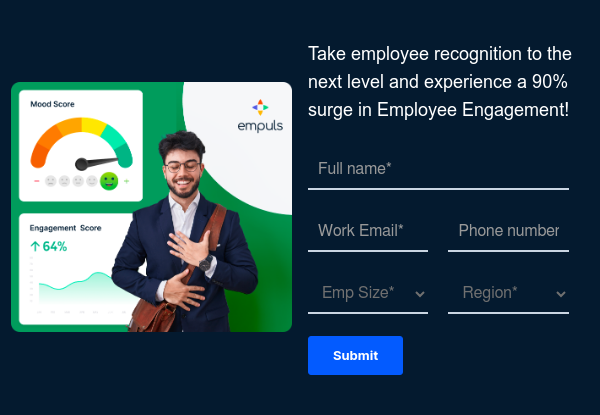Avantages pour les employés
Les avantages sociaux sont des avantages supplémentaires ou des incitations offerts par les employeurs, tels que des horaires de travail flexibles, des programmes de bien-être et des réductions, conçus pour améliorer la satisfaction et l'engagement des employés.
Quels sont les avantages offerts aux employés ?
Les avantages sociaux sont des prestations supplémentaires fournies par les employeurs qui vont au-delà du salaire et des avantages sociaux habituels. Ils sont conçus pour améliorer l'expérience de travail dans son ensemble et montrer que l'on apprécie les employés en tant qu'individus. Contrairement aux avantages traditionnels, qui comprennent souvent l'assurance maladie, les plans de retraite et les congés payés, les avantages sont généralement des offres non salariales qui visent à améliorer la satisfaction et l'engagement des employés.
























